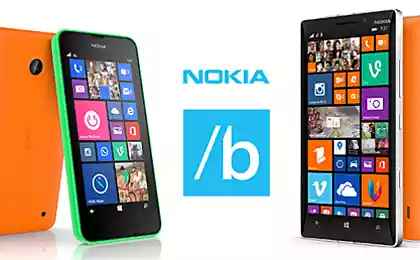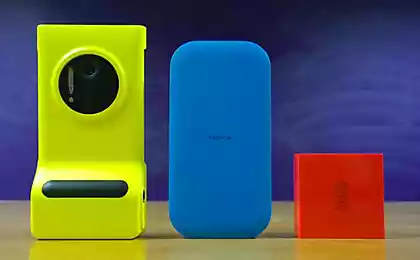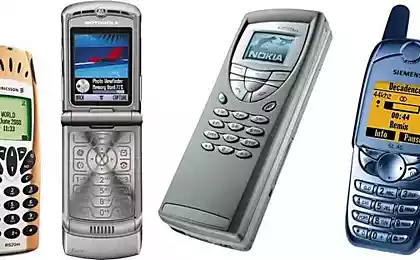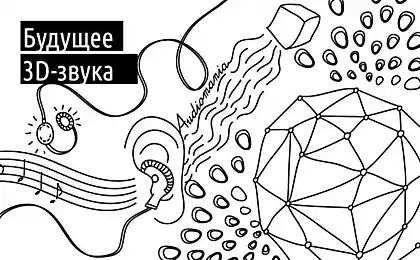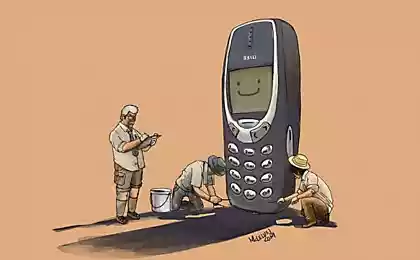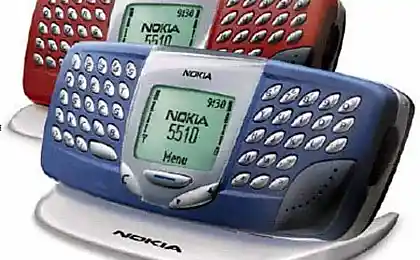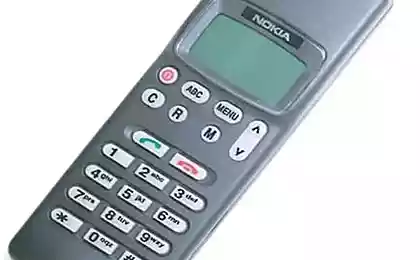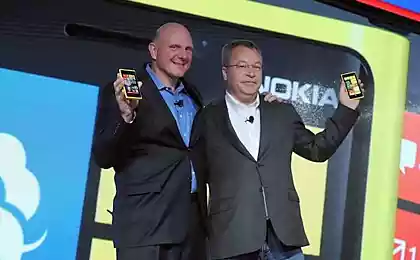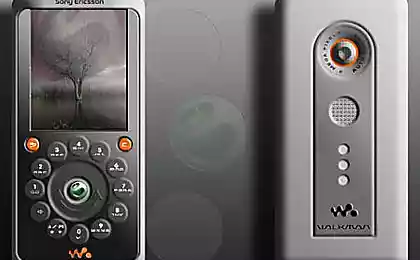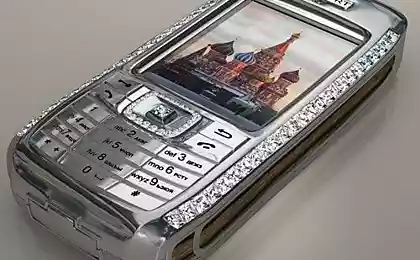208
Scientists have managed to charge mobile phones using sound
Four years ago, we first heard about how Korean scientists used sound to charge mobile phones. They explained that the charge is due to the piezoelectric effect, in which zinc oxide nanowires convert sound vibrations into electricity. At the time, scientists were unable to generate enough current to fully charge the phone. Now, scientists from Nokia and Queen Mary University of London (QMUL) have managed to do so.
Just like the Korean scientists, the Nokia/QMUL researchers used zinc oxide as a sheet of tiny nanorods. As with other piezoelectric materials, zinc oxide produces an electric current when exposed to mechanical loads.
Scientists sprayed liquid zinc oxide onto a plastic sheet. This sheet was then placed in a “mixture of chemicals” and heated to 90°C (194°F), causing the zinc oxide to become an array of nanorods.
In order to obtain the generated voltage, the nanorod sheet was sandwiched between two electrical contact sheets. These contact sheets are usually made of gold, but the scientists developed a cost-cutting technique that allowed them to use conventional aluminum foil.
A prototype power harvester the size of a Nokia Lumia 925 smartphone. The device is capable of generating up to five volts using “everyday background noise” such as movements, music and voices.
Five volts is enough to charge a mobile phone.
Source: www.scitech-news.ru/



